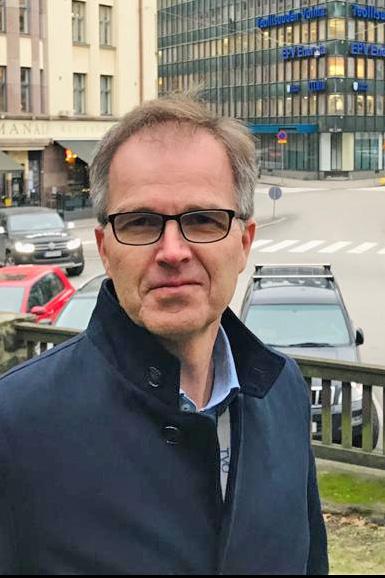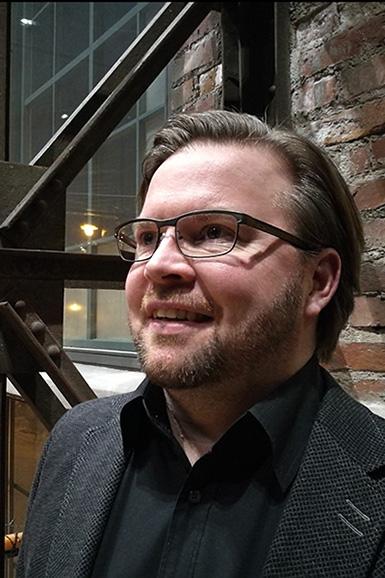European Commission Joint Research Centre: Nuclear energy can get green stamp
Climate friendly nuclear energy should be included in the European Union Taxonomy on sustainable finance. At least, this is the opinion of the EU Joint Research Centre (JRC).
Although the Commission did not include nuclear energy in the taxonomy in its meeting on 21 April, it is possible that the decision on its inclusion will be made in the summer. Two expert committees will now start a careful review of the results of the report produced by JRC. They were given a couple of months for this review process before the Commission makes its final decision.
The report demonstrated extensively and clearly the significance of nuclear energy to the mitigation of climate change. At present, nuclear energy is used to produce at least 30 percent of low-emission electricity in the world, and more than 40 percent in advanced economies.
Investments are made continuously also in existing nuclear energy capacity, and financing for this is needed from the markets.
There is concern in the industry of how taxonomy will affect the interest rate applied to nuclear energy financing and thus the production costs.
Geological final disposal is also sustainable

According to the report, nuclear energy does not cause more harm to the environment or human health than other electricity production technologies already included in the EU Taxonomy. The greenhouse emissions of nuclear energy during its lifecycle are among the lowest of all the technologies.
The report reviews the lifecycle phases of nuclear fuel. Based on scientific analyses performed, the report states that the storage or final disposal of spent nuclear fuel, when appropriately implemented and controlled, does not cause any significant harm to human health or the environment.
The required technical solutions exist for the final disposal of spent nuclear fuel. The solutions can be utilised when the political atmosphere and the public attitude are favourable.
Geological final disposal of spent nuclear fuel is also acknowledged as safe and sustainable based on existing knowledge. The first geological final disposal facility in the world will be opened in Finland in the 2020s; the ONKALO® facility has been excavated at a depth of 455 m in the bedrock.
Report alone sends a strong message to financers
Lauri Piekkari, Senior Vice President, Treasury, for TVO, is pleased with the results presented in JRC's report. According to him, the EU's sustainable finance taxonomy should be based on science instead of politics.
– A scientific and independent report proving that nuclear energy is a sustainable form of electricity production is really good news and something that has been waited for. The report alone sends a strong message to the world of financing, even if the green stamp process of nuclear energy is still ongoing, Mr. Piekkari says.
Research Manager Jere Lahdenperä from Posiva also feels confident.
– The report is based on informed and current understanding of the final disposal of fuel. The authors have relied on extensive source data, presenting the different points clearly and consistently. The report could well be used as a textbook and I recommend it as well worth reading, Mr. Lahdenperä states.

According to Mr. Lahdenperä, the overall presentation is positive, but not overly laudatory; for example, the requirements made in the Swedish licensing process for further clarification related to the copper canister were appropriately presented.
Sustainable investments classified
The goal of the European Commission is to finalise the system for classification of sustainable finance which will determine the financial actions that can be classified as sustainable investments in the EU. Strict environmental criteria will be applied in the classification.
The building of the EU's sustainable finance taxonomy started two years ago at the request of the finance sector. A business that obviously has not carried out or planned the necessary actions based on already identified environmental criteria is a financing risk. The financial sector looked to the EU for clear criteria to increase clarity in their own operating environment.
Last year, the opinions of the specialist advisors of EU were divided as to whether nuclear energy deserves the green stamp. There was consensus on the low-emissions aspect of nuclear energy, but some of the experts felt the environmental impact of radioactive waste management required further analysis.
There is still time to take action to influence
The report of JRC will next be reviewed with respect to radiation protection and waste management by the experts referred to in the Euratom Treaty Article 31. The experts of the Commission will also assess impacts on health.
As said, the final decision can be expected in the summer. The Commission has communicated that the assessment will be a strict one – the credibility of the assessment is considered vital. Provided the further review is based solely on scientific evidence, the nuclear industry is confident about the end-result of the process. However, the strong politicisation of the taxonomy criteria is a source of concern.
There is still time to take action to influence.
You will find the report under this link.
Text: Pasi Tuohimaa, photos: Natalie Kylliäinen, Pasi Tuohimaa, Jere Lahdenperä's personal photo album.
Share